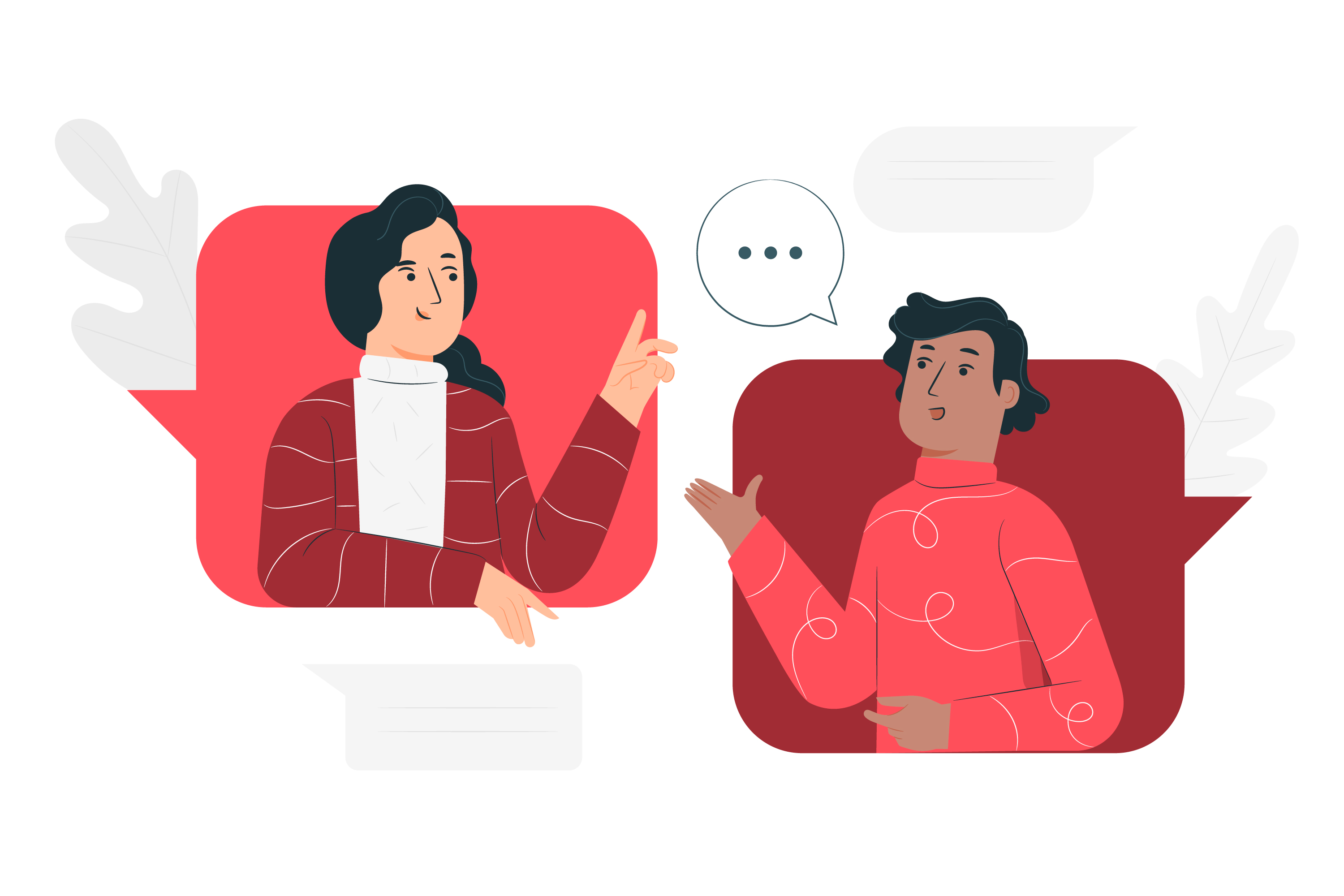Tag Archives: invention patent
New Spotify patent reveals technology to suggest music based on User emotion

Various companies have been using data inputs from users to provide users personalized contents, be it advertisements or media, and Spotify expresses that it would be using data inputs to determine the mood of the user for recommending media or advertisements based on the instant mood of the user.
“It is common for a media streaming application to include features that provide personalized media recommendations to a user”, Spotify explained in the application.
The patented technology uses recordings with Users’ speech and respective background noise to determine specific patterns. The technology is designed to process content metadata (relating to User’s speech) and environment metadata (relating to background sounds/ ambient sounds) from the recordings. The content metadata is used to determine user’s age, gender, emotional state, accent, etc. The technology is designed to extract intonation, stress and rhythm to detect the emotional state of the user. The emotional state of the user is basically categorized as happy, sad, angry, afraid and neutral.
As mentioned, the environment metadata relates to background sounds and is used to determine user surroundings by analyzing background sounds that might include sounds of vehicles, people, animals, machines etc. By analyzing the environment metadata, the technology can determine the kind of surrounding the user is in, and accordingly suggest appropriate content.
Along with the content metadata and the environment metadata, the technology also uses user’s history, music collection and additional inputs from the user like artists or genres for recommending appropriate content.
Based on the inputs received, the technology provides appropriate audio or visual output.
Companies file numerous patent applications in notion of incorporating the patented technologies in near future. However, only few make it to the market. Spotify expressed that the current technology is still in concept stage and requires work and refinement.
We hope this article was a useful read.
Please feel free check our services page to find out if we can cater to your requirements. You can also contact us to explore the option of working together.
Best regards – Team InvnTree
This work is licensed under a Creative Commons Attribution-Non Commercial 3.0 Unported License
Microsoft Gets Patent for Chatbot That Lets You Talk to Dead People

In December 2020, the USPTO granted a patent to Microsoft for a tool that apparently makes it possible to have a conversation with a Chatbot that bears resemblance to a deceased loved ones or historical figures.
According to the patent information, the tool would gather and rely on social data like letters, images, messages, and social media posts from the chosen individual. The information would then be used to train the Chatbot to interact like a 2-D or even a 3-D model of that person.
The application for patent was filed in April 2017, and therefore, it predates the AI ethical standards prevalent today. However, Microsoft has not confirmed any plans for using this technology in the near future.
We hope this article was a useful read.
Please feel free check our services page to find out if we can cater to your requirements. You can also contact us to explore the option of working together.
Best regards – Team InvnTree
This work is licensed under a Creative Commons Attribution-Non Commercial 3.0 Unported License
How can I find out whether my invention is patentable?
- Patentable subject matter
- Novelty
- Non-obviousness/inventive-step
- Industrial application
- Enablement
- How can I find out if my invention has already been invented?
- What can be patented and what cannot be patented
- How to Conduct a Patent Search?
- Are software inventions patentable in India?

 Follow
Follow

